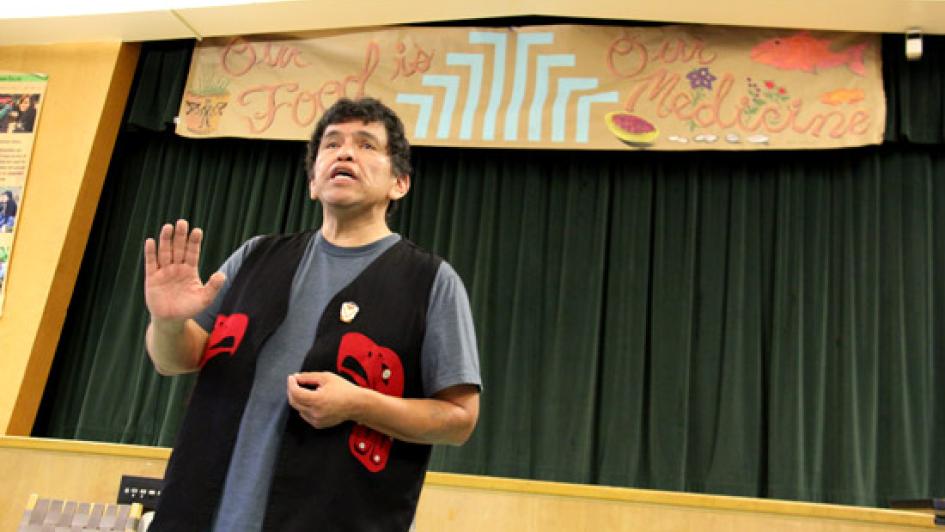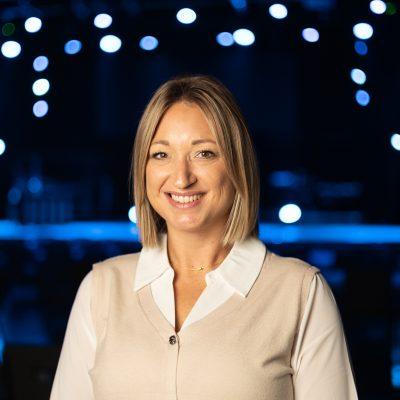Northwest Tribes Reclaim Food as Medicine

Published
In their traditional diets, native Pacific Northwest tribes ate salmon, clams, oysters, elk, blackberries, salmonberries, camas bulbs and other foraged wild foods. When the federal government forced them onto reservations, they told them to become potato farmers, says Frances G. Charles, chairwoman of the Lower Elwha Klallam tribe.
If that clash sounds like a problem of the past, it isn't. Despite historical evidence that starchy foods made up only 2 percent of traditional Northwest diets, federal regulators expect tribal schools and community centers to follow U.S. Department of Agriculture standards in which grains make up about a quarter of the daily diet.
For Northwest tribes, barriers to a healthful diet can seem as vast as the mountains. But reclaiming traditional foods — and promoting healthier communities through them — creates opportunities equally vast.
Just ask Romajean Thomas, a leader of the Muckleshoot Food Sovereignty Project, which helps the Muckleshoot tribe south of Seattle train cooks and restore access to wild foods.
"This project is about honoring our food and honoring our gifts," she said. "Every one of us carries a gift that we can bring to our communities."
Thomas spoke at the "Our Food Is Our Medicine" conference organized by the Northwest Indian College's Institute of Indigenous Foods and Traditions and hosted by Bastyr University in September. The three-day event brought together tribal leaders and educators from around the Northwest to share ways to promote health through food — especially food that tribes relied on for centuries.
"Food sovereignty is about decolonizing our diets," said Valerie Segrest (BS '09), another Muckleshoot leader who learned to see nutrition as a community-organizing tool while studying in Bastyr's nutrition program.
At the conference, "decolonizing diets" meant exchanging a feast of ideas. Traditional plants and foods educator Elizabeth Campbell of the Spokane tribe led a walk in Bastyr's Medicinal Herb Garden, introducing plants such as Echinacea, which has potent immune-boosting properties. Bastyr adjunct faculty Heidi Bohan led a walk in the campus forest, pointing out edible plants. Naturopathic doctor and native Unangan/Aleut Gary Ferguson led a demonstration of herb-blending in the whole-food nutrition kitchen. Elders led demonstrations on filleting salmon and weaving with cedar bark. A tea bar let attendees try traditional blends of nettle, chamomile and other herbs.
Importantly, a focus on policy helped those gathered look farther upstream at larger forces that shape nutrition.
"We are taught to be consumers," said Segrest, "How can we create an opportunity for people to be citizens? The food sovereignty project is an opportunity to build the social fabric in our communities."
Charles spoke of getting local public schools to agree to teach the Klallam language, a way to preserve tribal culture. Thomas spoke of working with cooks at tribal community centers, helping them see themselves as leaders who could help people choose healthier foods. Campbell spoke of working at the Northwest Indian Treatment Center, where plants and traditional nutrition are integral to drug and alcohol recovery programs. People recovering from addiction are quite literally rebuilding brain cells, she says, so "the healthful fats in wild salmon are very important."
While creative ideas abounded, no one promised them as easy solutions. Native American communities face disproportionately high rates of diabetes, heart disease, mental illness, obesity, infant mortality and other illnesses, according to the Centers for Disease Control and Prevention. Many problems seem intractable, such as mercury poisoning in salmon from coal-fired power plants around the world.
Charles, a longtime community organizer, told the story of another problem that seemed immovable: two hydroelectric dams that blocked the Elwha River on the Olympic Peninsula. In 2012 the first dam was removed and deconstruction of the second begun, the largest such project in American history. Spawning salmon and trout are returning more quickly than biologists expected. The removal took years of work from many parties, including tribes and federal officials with a history of distrust.
Charles displayed an aerial photo of the reborn river cutting its path through mountain forest. The rushing stream carries sediment that will replenish a beach where, she hopes, clams will return in time for her grandchildren to harvest.
"Everything you can see in this picture is a part of our medicine," she said.
----
Learn more about hosting a conference, wedding or special event through Bastyr's conference services.


